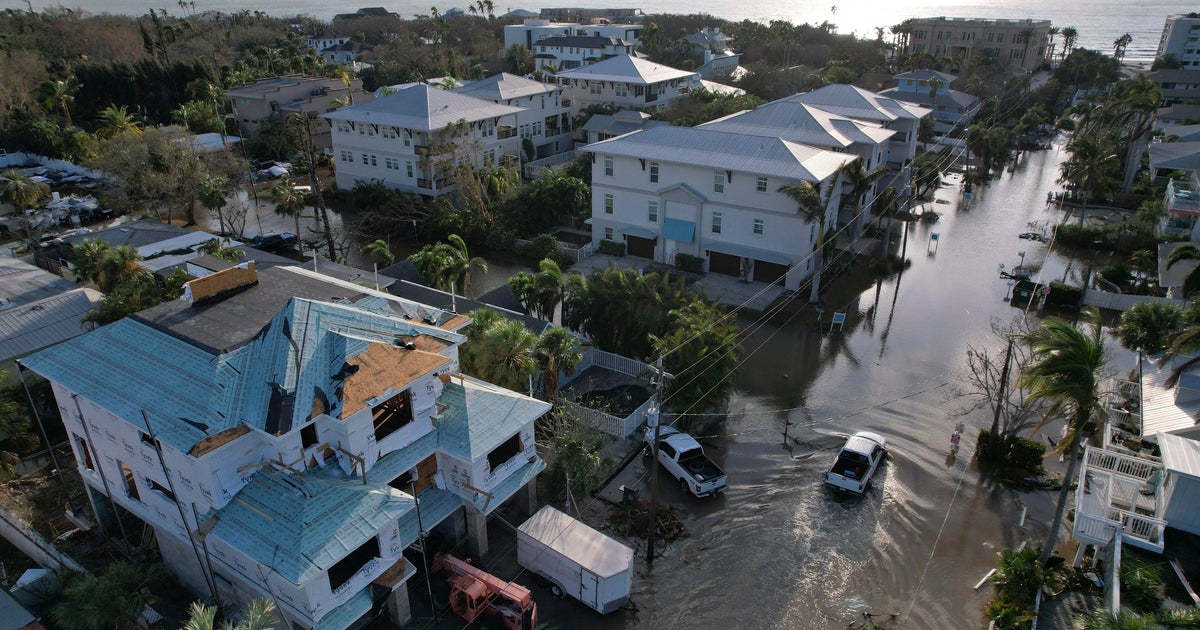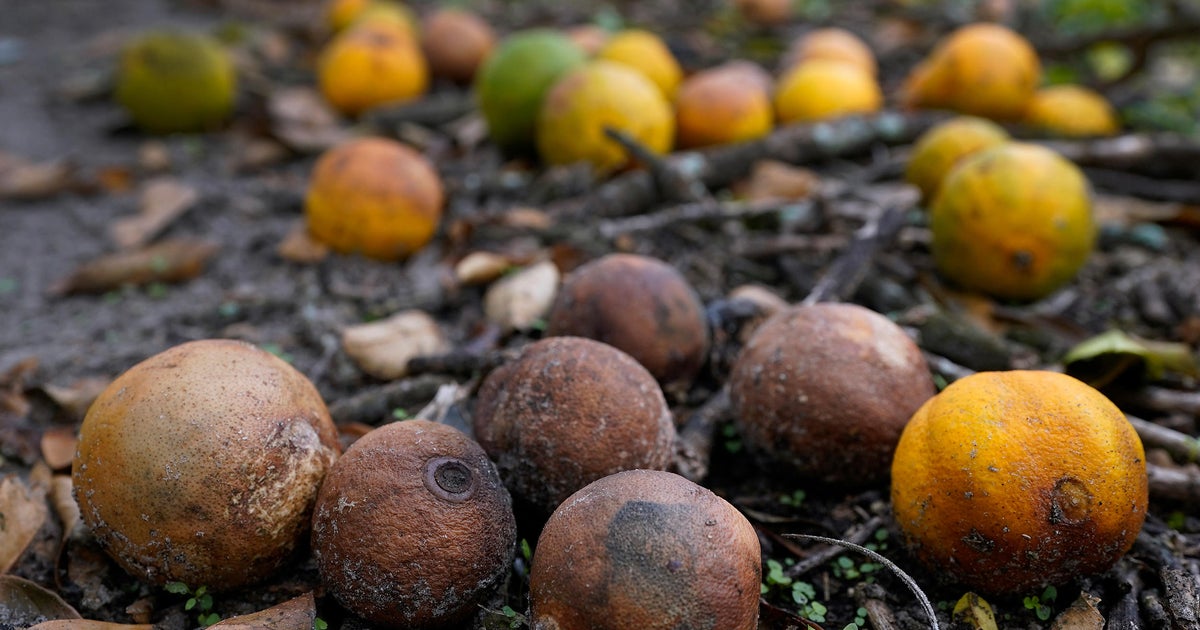Toxic Algae Off Fla. Coast Killing Marine Life & Economy
CLEARWATER (CBSMiami/AP) - The waters run red, but not with blood. A toxic algae known as the "red tide" is spreading through the northeast Gulf of Mexico, killing marine life and threatening the waters and beaches that fuel the region's economy.
This particular strain of algae called Karenia brevis is around yearly off the coast of Florida, but the large blooms are devastating.
The algae's coverage is an estimated area of about 60 miles wide and 100 miles long, stretching from St. Petersburg to Florida's Big Bend, where the peninsula ends and the Panhandle begins.
Fishermen who make a living off the state's northwest coast are reporting fish deaths from the reddish water.
"It boils up in the propeller wash like boiled red Georgia clay. It's spooky," said Clearwater fisherman Brad Gorst.
The red tide kills many forms of sea life by releasing a toxin that paralyzes their central nervous system.
The algae can be harmful to beachgoers who inhale the toxins, especially those with respiratory problems.
In 2005, a strong red tide killed reefs, made beaches stinky and caused millions in economic damage. A weaker red tide in 2013 killed 276 manatees, state records show, after infecting the grasses eaten by the endangered creatures.
"This red tide ... will likely cause considerable damage to our local fisheries and our tourist economy over the next few months," said Heyward Mathews, an emeritus professor of oceanography at St. Petersburg College who has studied the issue for decades.
As of right now there is no cure, but researchers are working on predicting when intense blooms will occur to help fishermen and beach businesses prepare.
Right now, much of the information comes from satellite images, which are often obscured by clouds.
"In this particular red tide, we got a good image on July 23 — then we went weeks without another image," said University of South Florida ocean scientist Robert Weisberg.
Weisberg is one among a team of researchers developing a prediction model based on ocean currents data, rather than satellite images.
The prediction model tracks the currents that bring natural nutrients like phytoplankton the red tide needs to grow.
Using his method, Weisberg in March predicted the current late summer bloom, allowing state officials to issue a warning July 25th.
While the project recently received "rapid response" money from the National Oceanic and Atmospheric Administration to send a data-collecting robotic glider into the bloom, future funding for this work is in doubt.
Weisberg said the team is still trying to develop a model that can look further into the future.
However, the tides typically start far offshore, where data and image gathering is time-consuming and expensive.
The Florida Fish and Wildlife Commission tried to help the data gap by giving fisherman sampling jars to take out to sea with them.
"Using fishermen to collect samples clearly shows we have a research gap," said St. Petersburg Rep. David Jolly. "The more we learn about it, the more we can prevent a spread and protect our shoreline."
NOAA spokesman Ben Sherman said the president's 2015 budget does ask for a $6 million increase for research related to red tide forecasting, including the Gulf of Mexico, but Congress still has to approve it.
Fishermen say a better warning system could help save time and money.
"If we had more of a head's up we could plan out where we would go fish," said Mike Colby, captain of the Double Hook fishing vessel in Clearwater.
(TM and © Copyright 2014 CBS Radio Inc. and its relevant subsidiaries. CBS RADIO and EYE Logo TM and Copyright 2014 CBS Broadcasting Inc. Used under license. All Rights Reserved. This material may not be published, broadcast, rewritten, or redistributed. The Associated Press contributed to this report.)
RELATED CONTENT:



